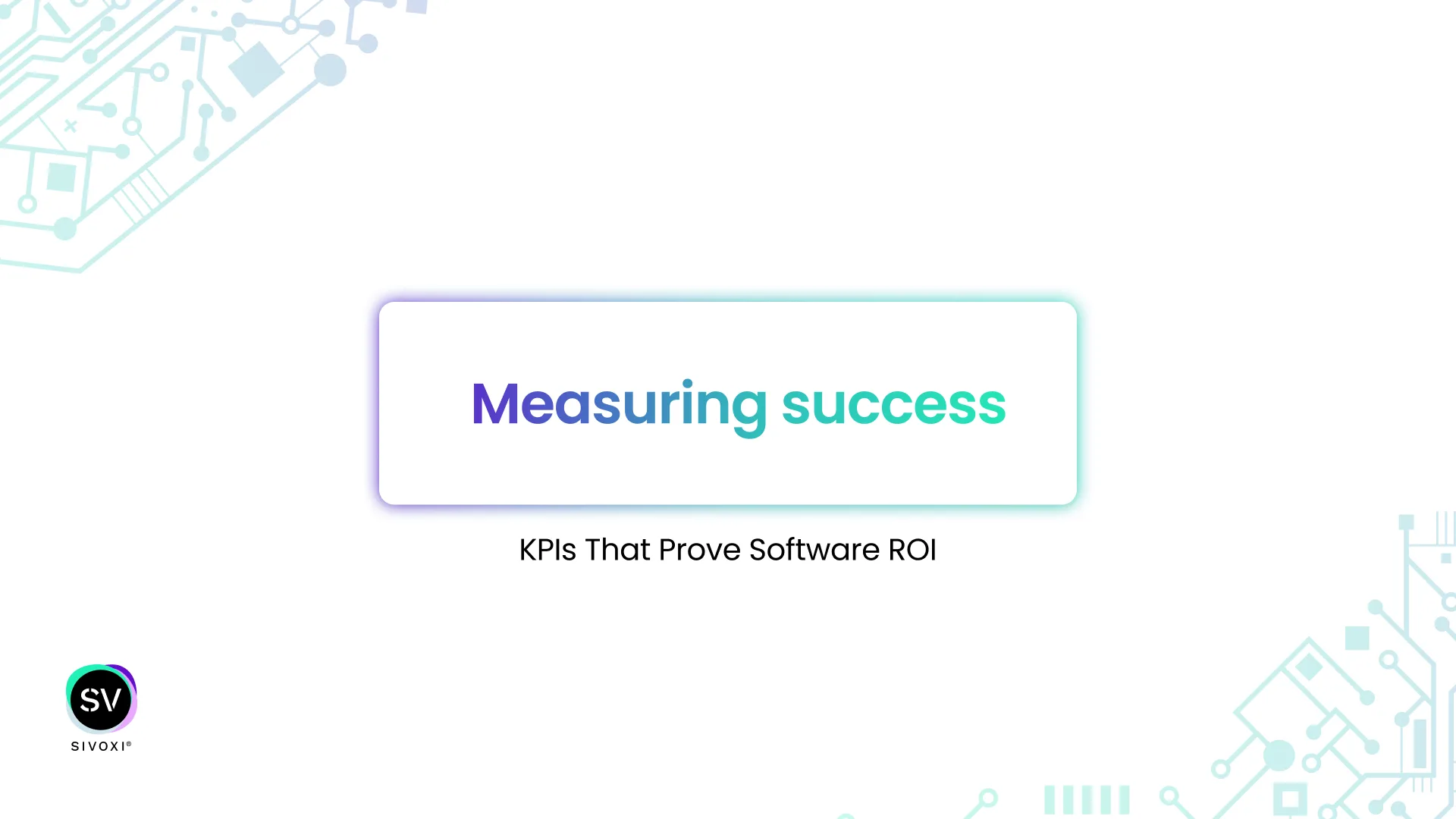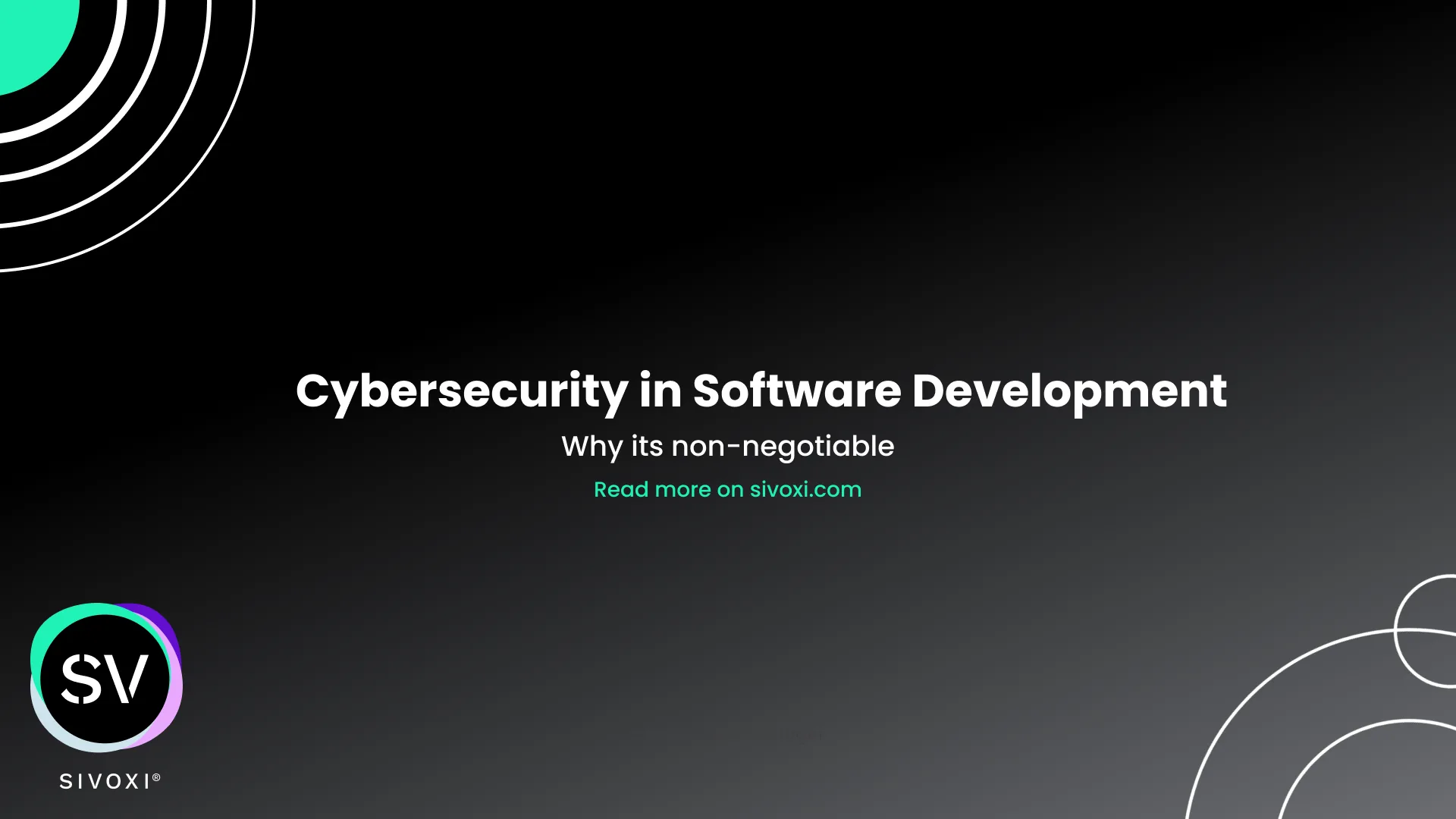Understanding data Silos
Data silos occur when information is compartmentalized within specific departments or systems, creating barriers to the free flow of data across an organization. This fragmentation can lead to inefficiencies, missed opportunities, and a lack of a holistic view of the business.
The importance of integration
Integrating data sources is essential for businesses looking to make informed decisions. By breaking down silos and connecting disparate datasets, organizations can gain a comprehensive view of their operations, customer interactions, and overall performance.
Step-by-step guide to integration
1. Identify key data sources:
Begin by identifying the critical data sources within your organization. This may include databases, CRM systems, spreadsheets, and other repositories that hold valuable information.
2. Assess compatibility
Evaluate the compatibility of your data sources. Determine whether they use compatible formats and protocols, or if data transformation is required for seamless integration.
3. Choose integration tools:
Select integration tools that align with your organization’s needs. There are various tools available, from cloud-based platforms to middleware solutions, designed to facilitate data integration.
4. Establish data governance policies:
Ensure the implementation of clear data governance policies. Define who has access to what data, establish data quality standards, and enforce security measures to maintain data integrity throughout the integration process.
5. Prioritize a unified data model:
Create a unified data model that serves as a standardized framework for integrating different data sources. This model ensures consistency in how data is structured and accessed across the organization.
6. Implement incremental changes:
Rather than attempting a massive overhaul, implement changes incrementally. This approach minimizes disruption and allows for the testing and validation of integration processes along the way.
7. Foster cross-functional collaboration:
Break down departmental barriers by fostering a culture of collaboration. Encourage cross-functional teams to work together, share insights, and collectively benefit from a unified data approach.
8. Monitor and refine:
Regularly monitor the effectiveness of your data integration efforts. Collect feedback, identify areas for improvement, and refine your integration strategy based on evolving business needs.
Benefits of Integrated Data
- Improved decision-making: A unified view of data enables better-informed decision-making at all levels of the organization.
- Enhanced efficiency: Integration streamlines processes, reducing the time and effort required to access and analyze data.
- Holistic customer understanding: Integrating customer data from various touchpoints provides a comprehensive view, enabling personalized and targeted interactions.
- Adaptability to change: A flexible, integrated data environment allows organizations to adapt quickly to changing market conditions and business requirements.
Breaking down silos and integrating data sources is not just a technological endeavour; it’s a strategic move toward a more agile and responsive organization. By following these steps, businesses can foster collaboration, enhance decision-making, and position themselves for success in a data-driven landscape.
To learn more follow us on our socials here.
Have a software idea?
Email us here: tech@sivoxi.com
Alternatively, feel free to give us a call during business hours: 060 803 9067











